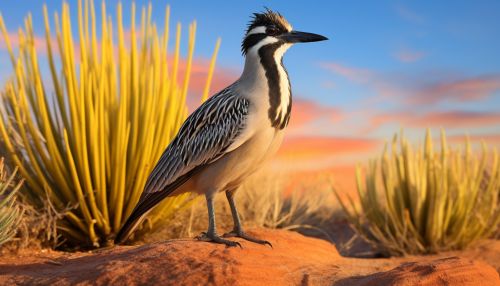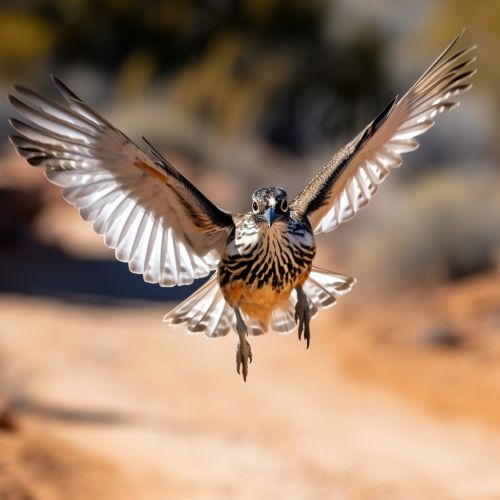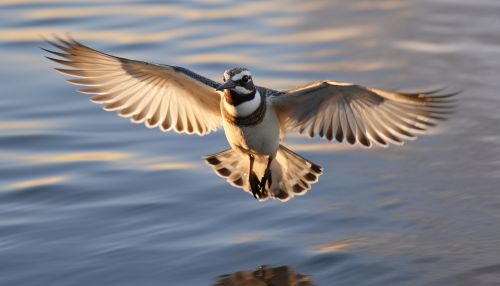Roadrunner
Taxonomy and Evolution
The roadrunner, also known as the chaparral bird, belongs to the cuckoo family. This family comprises approximately 130 species, most of which are tropical. The roadrunner, however, is one of the few members of this family that is adapted to arid environments. It is a member of the genus Geococcyx, which includes two species: the greater roadrunner (Geococcyx californianus) and the lesser roadrunner (Geococcyx velox).
The roadrunner is believed to have evolved in the arid regions of North and Central America, where it has developed a number of adaptations to survive in these harsh conditions. These adaptations include a highly efficient respiratory system, the ability to reduce its metabolic rate, and a specialized diet that allows it to obtain water from its food.


Description
The roadrunner is a large, slender bird, measuring between 20 to 24 inches in length, including its tail. It has a long, strong beak and a distinctive crest of feathers on its head, which can be raised or lowered depending on the bird's mood or intent. The bird's plumage is primarily brown and white, which provides excellent camouflage in the desert environment. Its eyes are bright yellow, and it has zygodactyl feet – two toes facing forward and two facing backward – which are characteristic of the cuckoo family.
Habitat and Distribution
Roadrunners are native to the southwestern United States and Mexico. They inhabit desert and scrubland environments, but can also be found in grasslands, woodlands, and suburban areas. They are highly adaptable and can tolerate a wide range of temperatures, from freezing conditions to extreme heat. Despite their adaptability, roadrunners are non-migratory birds and tend to stay within a home range of about 1 square mile.
Behavior and Ecology
Roadrunners are diurnal birds, most active during the day. They are known for their speed and agility, capable of reaching speeds up to 20 miles per hour on the ground. Despite being capable of flight, roadrunners prefer to run, using their wings for balance and to steer while running at high speeds.
Roadrunners are opportunistic omnivores, feeding on a variety of foods including insects, spiders, scorpions, mice, small birds, and reptiles. They are particularly well-known for their ability to kill and eat rattlesnakes, using their speed and agility to avoid the snake's strikes.
Roadrunners are monogamous birds, with pairs forming strong bonds and defending a shared territory. The male roadrunner attracts a mate by offering her food and performing a courtship display, which involves bowing, cooing, and a high-stepping dance.
Conservation Status
The roadrunner is not currently considered to be at risk of extinction. However, its population is believed to be declining due to habitat loss and fragmentation. Conservation efforts are focused on preserving its habitat and educating the public about the importance of this unique bird.


Cultural Significance
The roadrunner has a significant cultural presence in the regions where it is found. Native American tribes in the Southwest, such as the Hopi and Pueblo, view the roadrunner as a protective spirit against evil. In contemporary culture, the roadrunner is perhaps best known from the Warner Bros. cartoon "Wile E. Coyote and the Road Runner," where the roadrunner's speed and cunning are humorously exaggerated.
